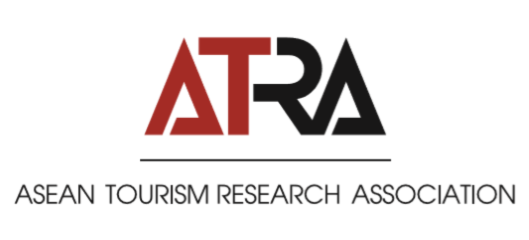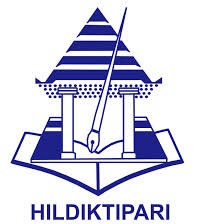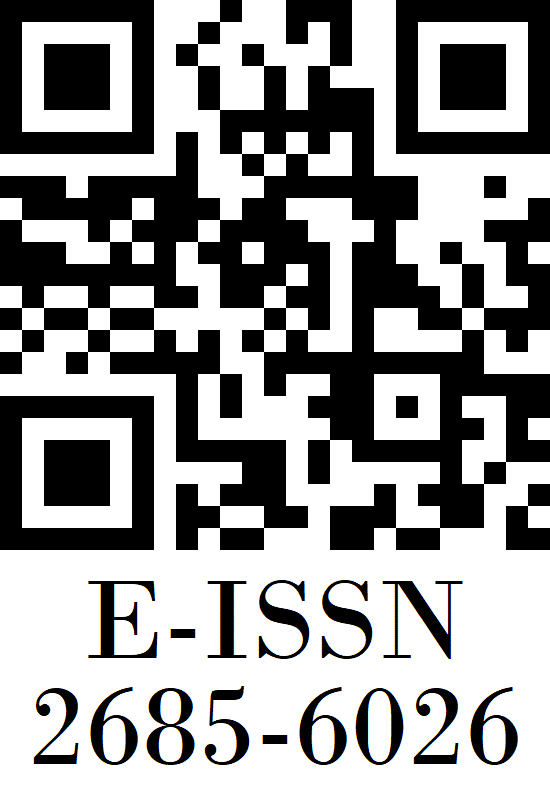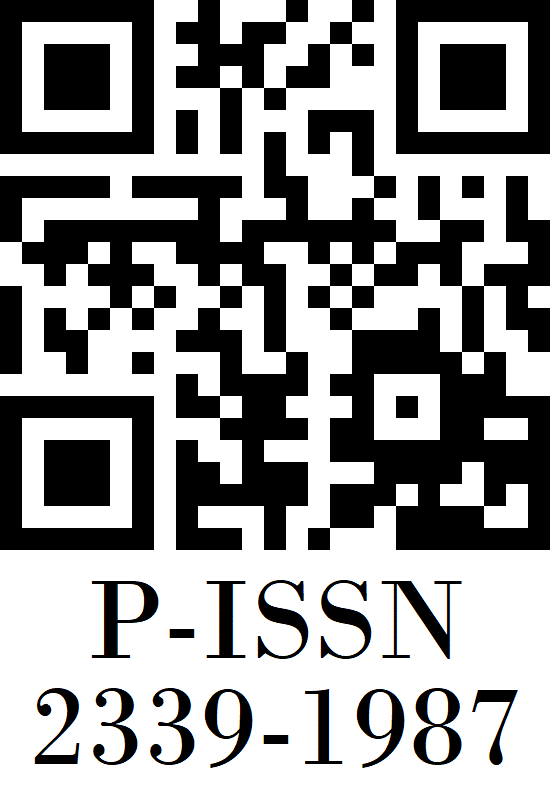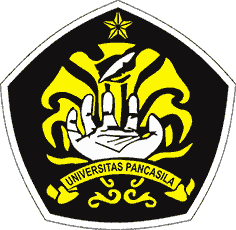IDENTIFIKASI WISATA KULINER DI PULAU BANGKA
Abstract views: 1630 | pdf (Bahasa Indonesia) downloads: 1656
Abstract
This study aims to identify culinary tourism on Bangka Island. The method used is content analysis the Bangka Island tour packages available on the travel agency website. Furthermore, the field was confirmed by participatory observation and interviews of restaurant owners, gift shops, and agro-tourism in Pangkal Pinang, Sungai Liat, and Belinyu. Culinary tours offered by travel agents are to enjoy local food at local restaurants, enjoy the agro-tourism experience in the Bangka Botanical Garden,learn about making crackers, and shopping in Kampung Gedong, and shopping for souvenirs. The tourist attraction in the restaurant is local food and atmosphere. In the Bangka Botanical Garden agrotourism area, it offers a learning experience of various organic fruits and vegetables, farms, and sales of cow's milk and dairy products. Gedong Village offers cultural and culinary tourism, in the form of making crackers that are mostly done by residents. Although it has not been explicitly stated, as a culinary tourism activity, many travel agents offer culinary tourism experiences on Bangka Island.
References
Akova, O., Cetin, G., Atsiz, O., & Balık, M. (2017). Components of package tour quality. January 2018.
Badan Pusat Statistik. (2017). Neraca Satelit Pariwisata Nasional (NASPERNAS) 2017. https://www.bps.go.id/publication/2019/03/26/66604e9f077983c15b80e2bc/neraca-satelit-pariwisata-nasional--nesparnas--201
BPS Provinsi Kepulauan Bangka Belitung. (2019). Provinsi Kepulauan Bangka Belitung Dalam Angka 2019. Diunduh dari https://babel.bps.go.id/publication/download.html?nrbvfeve=
Bowie, D., & Chang, J. C. (2005). Tourist satisfaction: A view from a mixed international guided package tour. Journal of Vacation Marketing, 11(4), 303–322. https://doi.org/10.1177/1356766705056628
de Vries, H. J., & Go, F. M. (2017). Developing a common standard for authentic restaurants. Service Industries Journal, 37(15–16), 1008–1028. https://doi.org/10.1080/02642069.2017.1373763
Di-Clemente, E., Hernández-Mogollón, J. M., & López-Guzmán, T. (2020). Culinary Tourism as An E ff ective Strategy for a Profitable Cooperation between Agriculture and Tourism. Social Sciences, 9.
Djordjevic, A., & Hristov-Stancic, B. (2017). Creating package tours in tour operator business: Analysis of key benefits for tourists. Ekonomika Preduzeca, 64(3–4), 249–262. https://doi.org/10.5937/ekopre1604249d
Ellis, A., Park, E., Kim, S., & Yeoman, I. (2018). What is food tourism? Tourism Management, 68(March), 250–263. https://doi.org/10.1016/j.tourman.2018.03.025
Ferdiansyah, R. (2018 ). Otak-Otak, Makanan Favorit Semua Kalangan. Diunduh dari https://mediaindonesia.com/read/detail/142346-otak-otak-makanan-favorit-semua-kalangan)
Horng, J. S., & (Simon) Tsai, C. T. (2010). Government websites for promoting East Asian culinary tourism: A cross-national analysis. Tourism Management, 31(1), 74–85. https://doi.org/10.1016/j.tourman.2009.01.009
Hussin, H. (2018). Gastronomy, Tourism, and the Soft Power of Malaysia. SAGE Open, 8(4). https://doi.org/10.1177/2158244018809211
Levyda, L., Giyatmi, G., & Ratnasari, K. (2019). What is the authentic food in this destination ? The 2nd Mulawarman International Conference on Economics and Business, 25–30. http://journal.feb.unmul.ac.id/index.php/MICEBProceeding/article/view/7059/900
Okumus, B., Xiang, Y., & Hutchinson, J. (2018). Local cuisines and destination marketing: cases of three cities in Shandong, China. Asia Pacific Journal of Tourism Research, 23(6), 584–599. https://doi.org/10.1080/10941665.2018.1469521
Özdemir, B., & Seyitoğlu, F. (2017). A conceptual study of gastronomical quests of tourists: Authenticity or safety and comfort? Tourism Management Perspectives, 23, 1–7. https://doi.org/10.1016/j.tmp.2017.03.010
Rinaldi, C. (2017). Food and gastronomy for sustainable place development: A multidisciplinary analysis of different theoretical approaches. Sustainability (Switzerland), 9(10), 1–25. https://doi.org/10.3390/su9101748
Smith, S. L. J., & Honggen, X. (2008). Culinary tourism supply chains: A preliminary examination. Journal of Travel Research, 46(3), 289–299. https://doi.org/10.1177/0047287506303981
Stone, M. J., Soulard, J., Migacz, S., & Wolf, E. (2018). Elements of Memorable Food, Drink, and Culinary Tourism Experiences. Journal of Travel Research, 57(8), 1121–1132.
Sumarwoto. (2020).Memaksimalkan Kota Lama, Banyumas Berguru Ke Bangka. Diunduh dari https://jateng.antaranews.com/berita/205210/maksimalkan-kota-lama-banyumas-berguru-ke-bangkahttps://doi.org/10.1177/0047287517729758
Testa, R., Galati, A., Schifani, G., Di Trapani, A. M., & Migliore, G. (2019). Culinary tourism experiences in agri-tourism destinations and sustainable consumption-Understanding Italian tourists’ motivations. Sustainability (Switzerland), 11(17), 1–17. https://doi.org/10.3390/su11174588
Yousaf, S., & Xiucheng, F. (2018). Halal culinary and tourism marketing strategies on government websites: A preliminary analysis. Tourism Management, 68(April), 423–443. https://doi.org/10.1016/j.tourman.2018.04.006
Zhang, T., Chen, J., & Hu, B. (2019). Authenticity, quality, and loyalty: Local food and sustainable tourism experience. Sustainability (Switzerland), 11(12), 1–18. https://doi.org/10.3390/su10023437




